Enhancing Safety and Readability: Best Practices for Instrumentation in Hazardous Industrial Environments
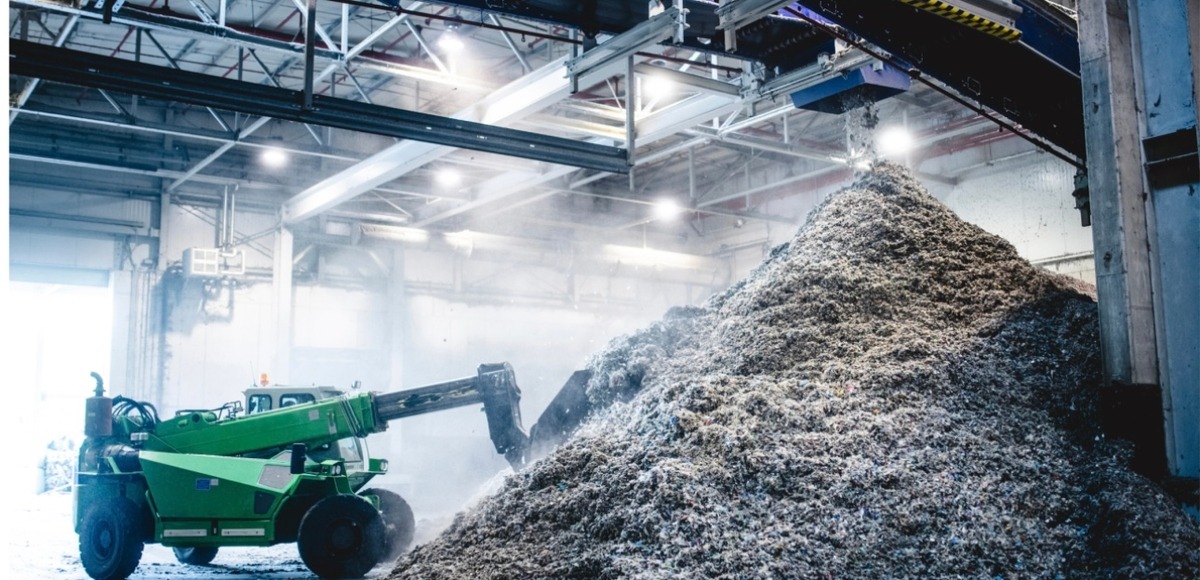
Enhancing Safety and Readability: Best Practices for Instrumentation in Hazardous Industrial Environments
Manufacturing sectors involving oil and gas, chemical processing, mining and pharmaceutical industries work in locations where flammable vapors and gases together with combustible dust represent critical danger points. The operating conditions inside hazardous environments require instrumentation to maintain operational efficiency, while keeping safety as the top priority and readability as a crucial safety measure to prevent accidents and maintain regulatory standards.
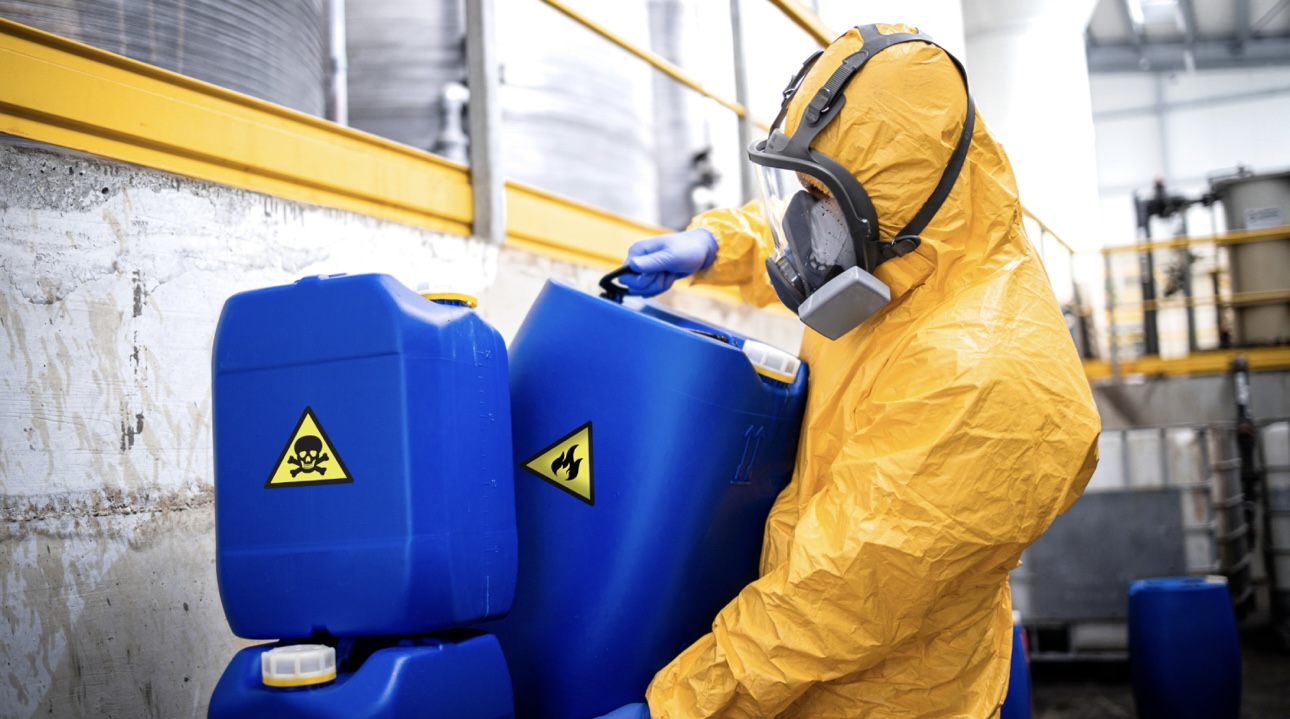 Understanding Hazardous Environments
Understanding Hazardous Environments
Areas classified as hazardous exist when explosive atmospheres develop from the presence of flammable materials. Facilities within different areas receive classification as necessary for determining required security systems and protective equipment. The IECEx classification establishes hazardous area zones that follow specific divisions.
✓ The classification of Zone 0 defines an area that continuously experiences prolonged
explosive gas atmosphere conditions.
✓ Normal operational procedures make Zone 1 an area which often experiences explosive gas atmospheres.
✓ Zone 2 represents an area in which explosive gas atmospheres are not expected to occur throughout normal operational periods, but will temporarily exist in case of such conditions.
Choice of suitable instrumentation depends on proper understanding of these hazards classifications, which also requires correct implementation of safety procedures.Safety Considerations in Instrumentation Intrinsic Safety and Explosion-Proof Design All tactical instruments used within hazardous zones need design features that keep explosive atmosphere ignitions at bay. Two primary protection methods are: Intrinsic Safety (IS) controls the electrical and thermal energy to safe levels to stop equipment from causing hazardous atmosphere ignition. Production maintenance becomes possible without shutdown, because intrinsically safe equipment avoids explosion-proof enclosures and their expenses. Conversion to Explosion-Proof (Ex d) involves housing the equipment in a protective enclosure which endures internal explosions and blocks the spread of detonations to the environment. The method proves useful in situations that do not support intrinsic safety approaches. The decision between these methods arises from the particular hazardous area classification together with equipment type and maintenance requirements.
 Compliance with Standards and Certifications
Compliance with Standards and Certifications
Various international safety standards together with certification criteria must be followed by instrumentation systems.
1) ATEX (Atmosphères Explosibles) certification focuses on equipment safety requirements when working in explosive environment zones throughout the European Union.
2) IECEx (International Electrotechnical Commission System for Certification to Standards Relating to Equipment for Use in Explosive Atmospheres) enables worldwide trading of equipment used in explosive atmospheres by bringing international recognition.
3) The safety standards for hazardous locations equipment under UL (Underwriters Laboratories) certification remain checked through equipment testing. The mandatory adherence to these certifications confirms that electrical equipment complies with need-based safety protocols to function in dangerous areas safely. Enhancing Readability in Hazardous Environments The readability of instrumentation because it enables both safe and effective operation in dangerous settings.
Factors affecting readability include:
1). Relative to hazardous environments instrument displays need to feature high-contrast backlit displays to see the information clearly in dark and obstructed areas.
2) The design of user interfaces with simple menus along with user-friendly navigation and limited screen elements reduces both human mistakes and operation deformation.
3) The workforce benefits from multinational language support when organizations use basic universal symbol codes to advance accessibility.
4) BEKA among other manufacturers specializes in producing safe display instrumentation products, targeted for hazardous environments with emphasis on readability and operational safety aspects.
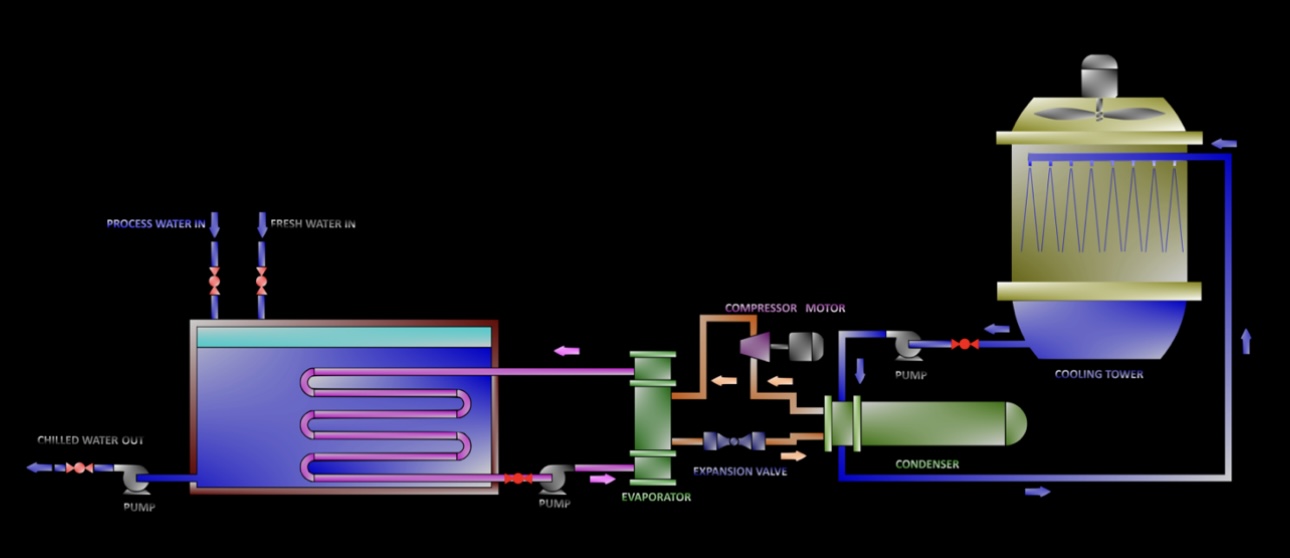 Technological Advancements in Instrumentation
Technological Advancements in Instrumentation
1) Electronic instrumentation developed through technological advances promotes safety and operational efficiency in dangerous work environments.
2) Wireless Communication systems cut down the requirement for extensive wiring, to decrease potential ignition risks while making installation processes simpler.
3) Smart Sensors collect real-time data through predictive maintenance to help detect upcoming equipment problems in an advanced manner.
4) Remote Monitoring gives workers an opportunity to observe equipment output while being safely located at controlled positions.
5) The system integration between SCADA and DCS platforms enables staff to execute centralized controls and hazard response monitoring.
6) The modern technological equipment provides enhanced operational safety, while also improving efficiency in dangerous settings.

Maintenance and Inspection Practices
The continuous performance and safety of instruments depend on routine maintenance tests with proper inspections. Scheduled Inspections: The scheduled results of regular checks help identify potential safety-compromising issues through the detection of deterioration signs. Calibration: The procedure of calibration guarantees that instruments display precise readings that maintain safety integrity along with regulatory compliance. Documentation: The maintenance process should include detailed documentation because it enables regulatory requirements while creating a record of equipment performance over time. Equipment monitoring using preventive maintenance gives enhanced reliability and security for hazardous locations. Case Studies and Real-World Applications Oil and Gas Industry Instruments used for offshore oil and gas platforms need to operate under severe environments to stop explosive gas ignition. Yokogawa pressure transmitters maintain explosion-proof mechanical features with ATEX/IECEx certification to provide secure operation in expose locations. Chemical Manufacturing Such plants process reactive chemical compounds thus necessitate intrinsically safe instrumentation for their operations. Endress+Hauser develops pH and conductivity sensors which specifically work in hazardous locations to measure correctly while avoiding ignition hazards. Mining Operations Mining sites generate hazards from both flammable materials that become airborne dusts and released hazardous gases. Workers obtain real-time alerts for their safety through portable detectors that monitor methane and carbon monoxide gas levels. Human Factors and Ergonomics Safety and usability improve when designers incorporate human factor concepts during instrumentation development. The design should include ergonomics which produces handheld devices with portability and lightweight features and one-handed usage.
Certified Motion Control Professional Program
Strengthen Your Skills and Enhance Your Career
 Motion control is ubiquitous to automation. A3 offers the fundamental knowledge that benefits everyone working with motion control, motors and automation technologies. The program is designed to ensure professionals have the knowledge they need to advance their careers and benefit their businesses.
Motion control is ubiquitous to automation. A3 offers the fundamental knowledge that benefits everyone working with motion control, motors and automation technologies. The program is designed to ensure professionals have the knowledge they need to advance their careers and benefit their businesses.
Become a Certified Motion Control Professional (CMCP) and join the elite group of system integrators, machine builders, manufacturers, end-users and others recognized in the industry for their professional knowledge and expertise.
The instruments need to have three characteristics:
✓ They should be light in weight while being portable and one-hand operable, especially when workers use protective equipment that limits movement.
✓ Design features which support glove use and handle wet surfaces, as well as restricted spaces create priorities for user comfort functions and reduces operational hazards.
✓ The importance of alarm systems depends on both clear alarm signals that people can see and hear in order to notice dangerous conditions.
Safety alarms require two distinct warning methods that automatically activate a warning when power supply fails or when system malfunctions occur.
Device readability surpasses basic equipment characteristics when training personnel and making systems familiar to users. Effective interpretation of devices requires operators to receive adequate training on understanding both displays and alarms correctly. Precise manuals combined with in-field warnings matched by consistent instrument interfaces between devices minimizes emergency decision-making obstacles and simplifies equipment
mastery.
 Emerging Trends in Hazardous Area
Emerging Trends in Hazardous Area
Instrumentation
1) IIoT Integration and Cloud Monitoring The incorporation of Industrial Internet of Things (IIoT) devices into traditional instrumentation bases monitoring and control on real-time cloud-based information. Hazardous area instruments now feature built-in sensors, which gather data that goes beyond local use for broader analytic work and predictive maintenance and trend analysis purposes. The implementation of this technology results in shorter interruption periods which leads to increased protection measures together with higher operational efficiency.
2) Digital Twin Technology
Physical equipment and systems obtain their virtual digital duplicate status. The remote testing and simulation of instrumentation setups that happens in hazardous areas enables testing without requiring actual presence during planning or fault-finding activities.
3) Intrinsically Safe Mobile Devices The workforce that operates in hazardous zones more frequently utilizes certified ATEX/IECEx Zone 1 and Zone 2 portable devices such as smartphones and tablets. Automatic devices enable users to access real-time information while communicating through
their interfaces and providing diagnostically relevant artificial reality visual augmentations that aid diagnostic procedures and operator training.
Challenges in Instrumentation for Hazardous Areas Many difficulties in industrial control systems management continue to exist even with recent
breakthroughs. Hazardous area-certified instruments carry higher prices than ordinary equipment because manufacturers invest in engineering and testing processes together with obtaining certification. The integrated market faces a reduction of supplier options since many manufacturers limit their
production to specific hazardous area classes. The worldwide operations of multinational companies face extreme complexity due to conflicting industrial safety standards such as ATEX, IECEx, UL and CSA. A device must get certification for multiple technical standards to enhance operational flexibility
and streamline logistics. The extreme operating conditions of hazardous environments including both extreme temperatures and humidity levels and intense vibrations drastically complicate instrument performance and operational life.
 Best Practices for Implementation
Best Practices for Implementation
Instrumentation operation in dangerous zones requires the following implementation guidelines:
1. Your project must initiate with complete Hazardous Area Classification coupled with Risk Assessment which directs the right choices for instruments along with their zone compatibility.
2. Multi-Certification should be considered in your equipment selection, since devices that hold ATEX and IECEx and UL standards protect your future operations while enabling worldwide expansion.
3. For easier training and minimized error, potential standardizing both user interface designs along with HMI elements brings consistency.
4. The layout design must include safe maintenance accessibility through instrument placement which should be from areas with minimal risks.
5. Routine processes that affect safety require the installation of redundant instrumentation systems to maintain continuous operation after the failure of any single component.
6. The organization should keep operators and technicians routinely trained to work and interpret equipment in hazardous areas along with disaster protocols execution.
Future Outlook
Technology advances for instrumentation used in hazardous areas will develop because of emerging trends in automated systems, as well as advanced connectivity solutions and increased safety requirements. Industrial sites leverage 5G networks as well as AI diagnostic systems and blockchain platforms
to validate device integrity through pilot testing. The construction of new systems incorporates sustainability features along with enhanced
energy efficiency measures. Manufacturers work to optimize their products through lower power consumption as well as emission reduction and circular economy features like modular and recyclable designs.
Conclusion
The installation of instruments within dangerous operating conditions establishes the foundation for current industrial safety measures combined with operational productivity. The urgent need for dependable instruments that display accurate readings along with proper certifications has intensified because of permanent hazards from flammable gases, vapors, and dust. Operational confidence alongside risk reduction becomes possible in high-stake environments through the integration of smart design with robust certifications along with user-friendly interfaces and cutting-edge technology. The integration of future-proof and safe instrumentation along with readability features will protect lives but simultaneously contribute to productivity enhancement and regulatory compliance and innovative initiatives





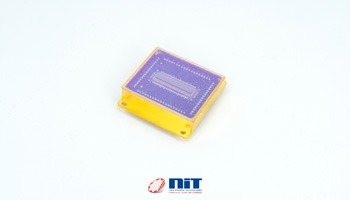
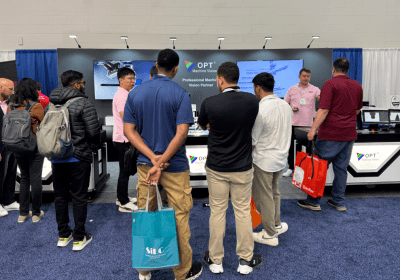
Leave a Reply